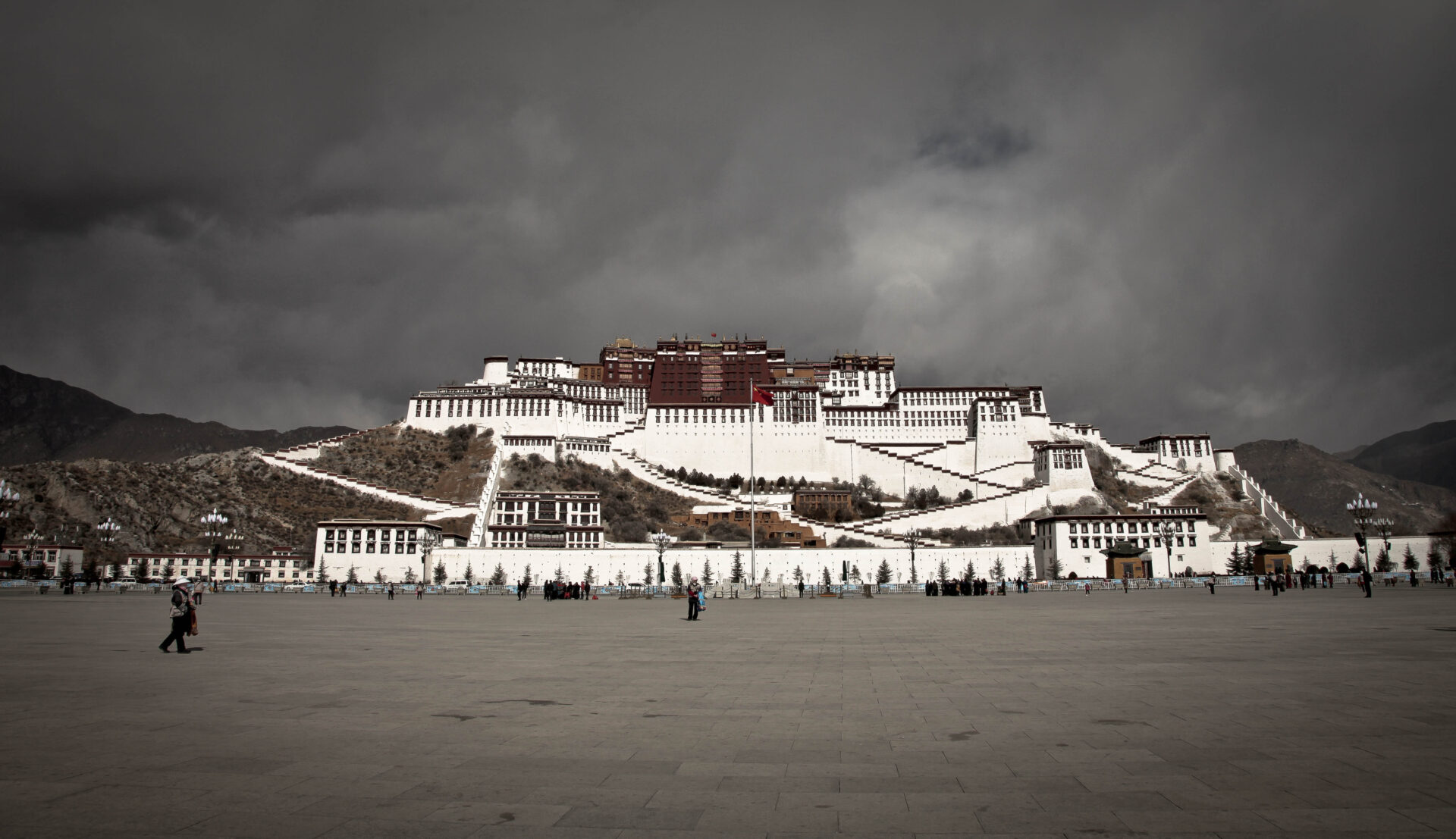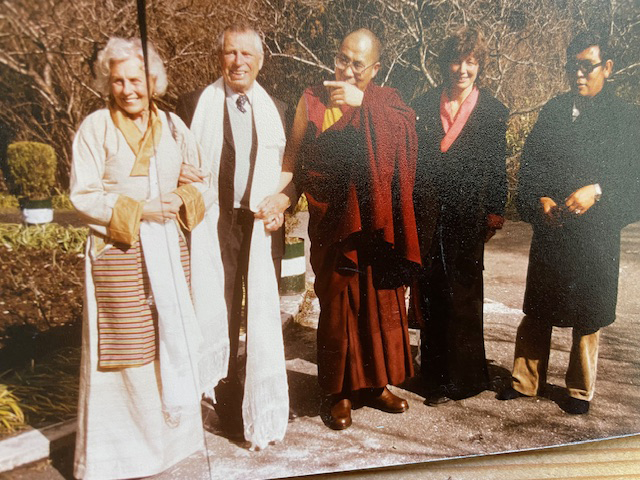Needs That Shaped a Movement

After China’s occupation of Tibet in 1950, an engagement was sparked that would come to shape IM’s work for decades. In this article, Birthe Müller – former IM staff member and past chair of the board – recounts how a simple question led to long-term cooperation with the Tibetan exile community, characterised by listening, respect, and compassion.
China and Tibet have centuries of both peaceful and violent interactions behind them. In 1913, Tibet declared itself independent, but since the communist victory, China has claimed sovereignty over the region. In 1950, China invaded and occupied Tibet, aiming to incorporate it into the People’s Republic of China. In 1959, Tibet’s spiritual and political leader, the Dalai Lama, was forced into exile after an uprising against Chinese rule. Ever since, Tibet’s political status has remained contested
.
Around 80,000 Tibetans followed him to India. The Dalai Lama established a Tibetan government-in-exile in Dharamsala in north-west India, and Tibetan refugees settled in camps in both India and Nepal.
A Call for Help Answered
In 1960, the Dalai Lama’s brother visited his friend Prince Peter of Denmark, who had completed a doctorate on Tibet. In a radio programme, they appealed for education for young Tibetans. John Fenneberg, also a friend of Prince Peter, responded to the plea. Shortly afterwards, the Fenneberg family welcomed the first group of Tibetan boys, who stayed in their home for seven months. As needs grew, more boys came to both Denmark and Norway.
On the advice of the vicar of the Swedish Church in Copenhagen, John and his Swedish wife Britta travelled to IM in Lund in 1963. As so often in IM’s history, someone spoke of a need and asked whether IM could help. They asked if IM could receive a group of Tibetan girls and provide them with an education that would benefit Tibetans in exile.

IM Welcomes Tibetan Girls
In April 1964, the first group of girls arrived. IM’s home “Strand” in Småland – which after the war had housed children from Berlin and other ruined German cities – became the girls’ home. Thirty-two girls received education there and later returned to India.
No one could have imagined that this courageous commitment would lead to half a century of cooperation with Tibetan refugees in India and Nepal! IM’s contributions included direct support to the Tibetan exile administration, schools, hospitals, TB clinics, and projects ranging from carpet weaving to tent production and apple growing, all providing livelihoods. Always based on listening, letting needs lead the way, and mutual understanding.
A Shared Foundation of Values
The Dalai Lama has consistently and warmly advocated non-violence, tolerance, and compassion. His philosophy of peace, based on universal responsibility and deep reverence for all living beings, has much in common with IM’s ideology. This is clear from the fact that one of his books is entitled World Peace through Compassion.
The Dalai Lama has always greatly valued IM’s work. There was a deep mutual understanding between him and IM’s founder Britta Holmström; they shared the fundamental conviction of each person’s inherent power and potential for development.
IM’s long and profound commitment to Tibetans has brought much joy, knowledge, and in many respects served as a model for work in other contexts.
Fakta: Central Tibetan Administration (CTA)
The Central Tibetan Administration (CTA) is the Tibetan government-in-exile, based in Dharamshala, India. It was established in 1959 after the Dalai Lama was forced to flee Tibet. The CTA works to preserve Tibetan culture, education, and religion in exile, as well as to seek a peaceful resolution to China’s occupation of Tibet. The administration is led by a democratically elected leader and serves as a representative body for Tibetans living in exile worldwide.
A Timeline of Tibetan Exile and IM’s Involvement
1913 – Tibet declares independence
Tibet proclaims itself independent from China.
1940 – A young Dalai Lama
The 14th Dalai Lama is enthroned at the age of five.
1950 – Invasion
China invades Tibet, beginning a period of political and cultural upheaval.
1959 – Uprising and Exile
A major Tibetan uprising is crushed. The Dalai Lama flees to India, establishing the Central Tibetan Administration (CTA). Over 80,000 Tibetans follow him into exile.
1960 – First Settlement in Exile
The first Tibetan settlement and school in India are founded, providing education and cultural continuity for refugees.
1964 – IM Welcomes Tibetans to Sweden
IM receives exiled Tibetans at its home in Strand, Sweden, marking the start of its long-term engagement.
1970 – Supporting the CTA
IM begins formal support of the Central Tibetan Administration, strengthening education, healthcare, and community projects.
1989 – Nobel Peace Prize
The Dalai Lama is awarded the Nobel Peace Prize for his non-violent struggle for Tibet’s self-determination.
2010s – Cultural Pressures
China intensifies control, reducing the role of the Tibetan language and religious practice.
2020 – IM Ends Direct Support
After decades of partnership, IM concludes its direct support to the CTA.
2025 – Year of Compassion
The Dalai Lama celebrates his 90th birthday in exile, declaring the year as the “Year of Compassion,” honouring a lifetime of resilience and humanitarian values.
Want to learn more?
Discover Tibetan history, culture, and education:
Tibet TV – News and media from the Tibetan community
The Tibet Museum, Dharamshala – Learn about Tibetan history and heritage
The Tibet Museum App (Android)
Central Tibetan Administration – The Tibetan government-in-exile
International Tibet Network – Global advocacy and awareness
Tibetan Children’s Village (TCV) – Education for Tibetan children in exile
Text: Birthe Müller
Photo (main photo): Erik Törner
By: Malin Kihlström